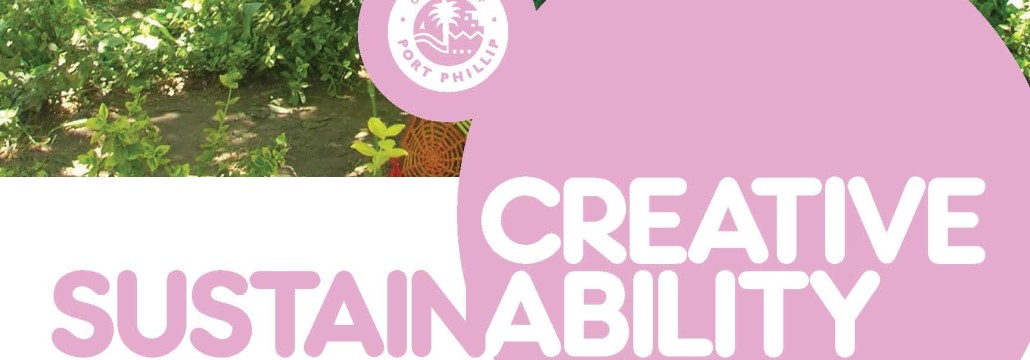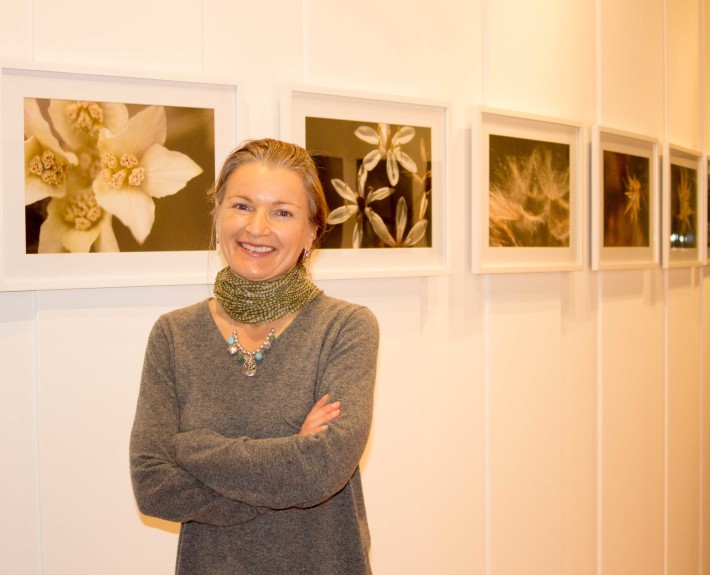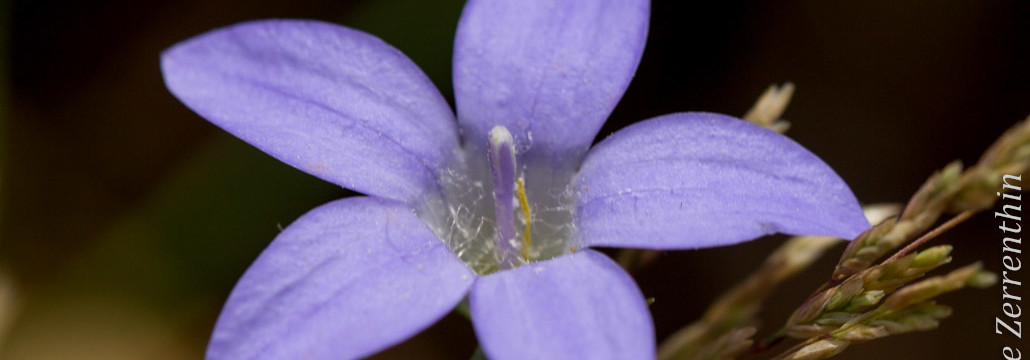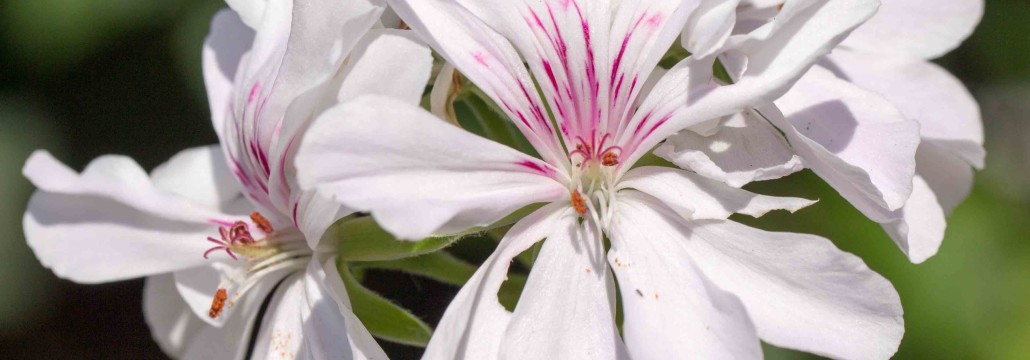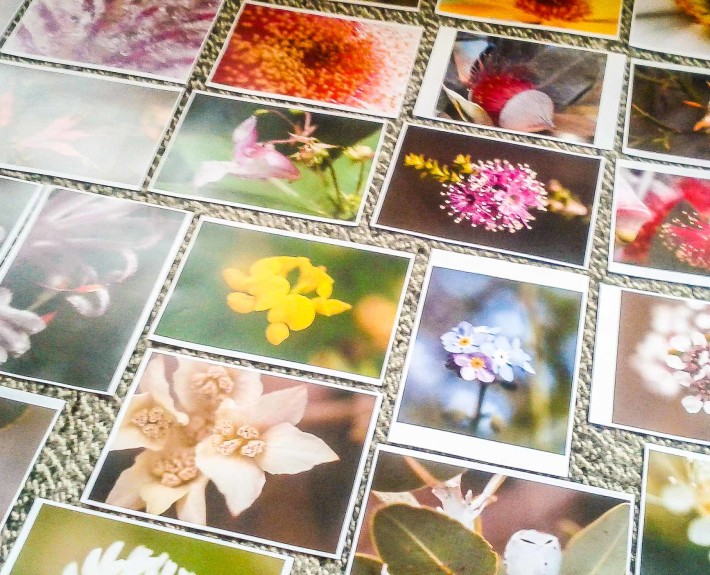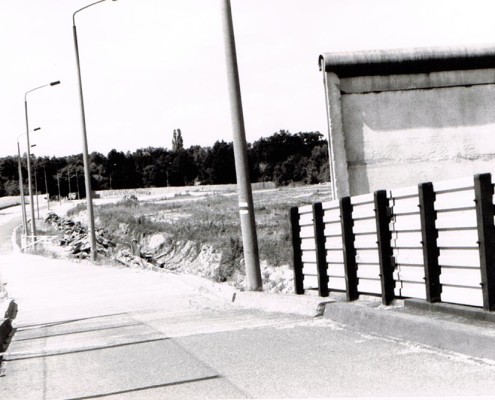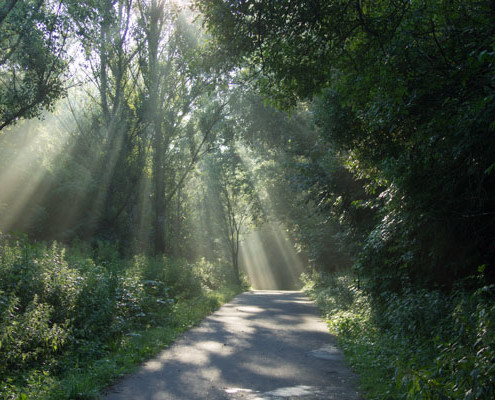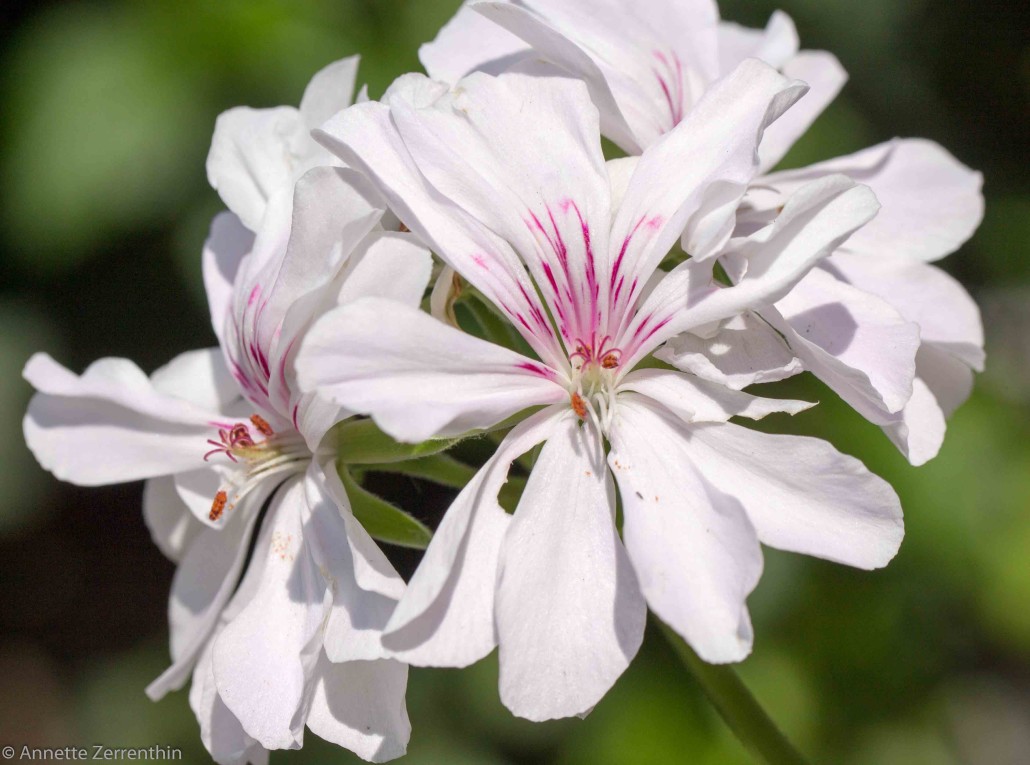
I found a treasure at the St Kilda Night Market on Valentine’s Day, a lovely Peppermint Geranium (Pelargonium tomentosum) from the HERBS2HEALME stall.

The scent when touching the leaves is just like fresh peppermint. What got me hooked into buying was the tip from the grower to use it in baking to infuse chocolate cake with a peppermint flavour. Both, leaves and flowers are edible and add flavour to sugars, jellies, lemonade and teas. Medicinally it can be used for its astringent properties as a poultice for bruises and sprains.
Having known of rose geranium (Pelargonium graveolens) a world opened for me to explore the many scented varieties that mimic the scent and flavour of the botanical world, e.g., cedar wood, cinnamon, nutmeg, apricots, orange or ginger. Scented geraniums were introduced to England from South Africa in 1632 and it took until the 1840’s to be discovered by French perfume makers.
The Geraniaceae family is a family of perennial herbs and shrubs of 7 genera and about 750 species globally distributed in mostly temperate zones. The genera of Geraniums and Pelargoniums are the Rosencrantz & Guildenstern of the plant world and commonly used interchangeably however they are different genera. To ease confusion GardenWeb has a good description of the differences for you:
“True geraniums, also known as cranesbills, referring to the shape of the fruit, for the most part have symmetrical flowers with ten fertile stamens. Most Pelargonium have bilaterally symmetrical flowers with up to seven of the ten stamens fertile. True Geraniums have a different seed dispersal technique than Pelargoniums. Geraniums fling their seeds away while Pelargonium seeds float away on the breeze and usually have a ‘feathered ‘ end that Geraniums don’t have. Of course, you can only see this when they are producing seeds.
Pelargoniums are tender perennials and occur naturally almost entirely within South Africa. Leaves of true geraniums are usually deeply divided and cut while those of most groups of pelargoniums are not. Pelargoniums also have rather thick, succulent stems, originating as they do from areas where they have to withstand summer drought, whereas geraniums have the appearance of ‘normal’ herbaceous perennial plants, a mounding form of many many slender stems arising from a central core, and fibrous roots.”
Native to Australia are three genera and about 36 species and this native pelargonium was photographed in Porongurup National Park in Western Australia.
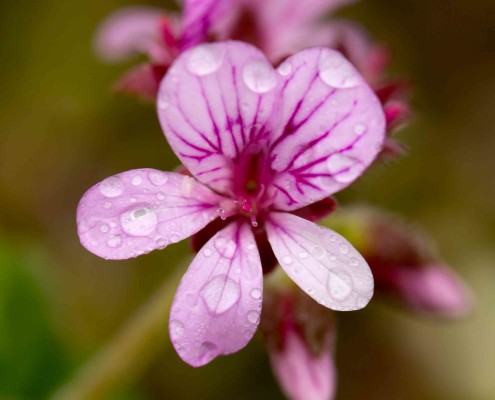
Geranium essential oil is distilled from the flowers and leaves of pelargonium odorantissimum (apple-like fragrance) or graveolens (rose aroma), see below.

The oil is widely used by the perfume industry as it can be made to imitate most fragrances. As with all essential oils the list of properties is long and includes for example analgesic, antidepressant, antiseptic, diuretic, insecticide, tonic, vasoconstrictor which support our mind and body in the following ways:
Mind: Tonifies the nervous system and reduces stress through its action on the adrenal cortex.
Body: Regulates the endocrine system and is effective for premenstrual tension and menopausal problems. A tonic for the liver and kidneys to clear the body of toxins. It’s diuretic properties help to guard against fluid retention and swollen ankles. Indicated for throat and mouth infections.
Skin: Balances and tones the skin. Used for acne, bruises, broken capillaries, burns congested skin, oily complexion, mature skin, insect repellent, wounds.
In her book ‘Bach-Blueten und 52 neue Bluetenessenzen’ Dr. Cornelia Alber-Klein indicates Geranium flower essence (geranium perforatum) to be used when wanting to break through confined social or moral life circumstances. It frees a person from the burden of external pressure having to conform to social and moral constrains to nurture oneself and satisfy one’s own needs. It allows for space and playfulness in relationships that have grown stale.
References:
Dr. C. Alber-Klein, R. Hornberger. Bach-Blueten und 52 neue Bluetenessenzen. Edition Tirta, 2005.
J. Lawless. The Encyclopedia of Essentail Oils. Thorsons, 2002.
W. Sellar. The Directory of Essential Oils. Vermilion, 2oo1.
D. Greig. Field Guide to Australian Wildflowers. New Holland, 2012.
© 2013. Annette Zerrenthin

